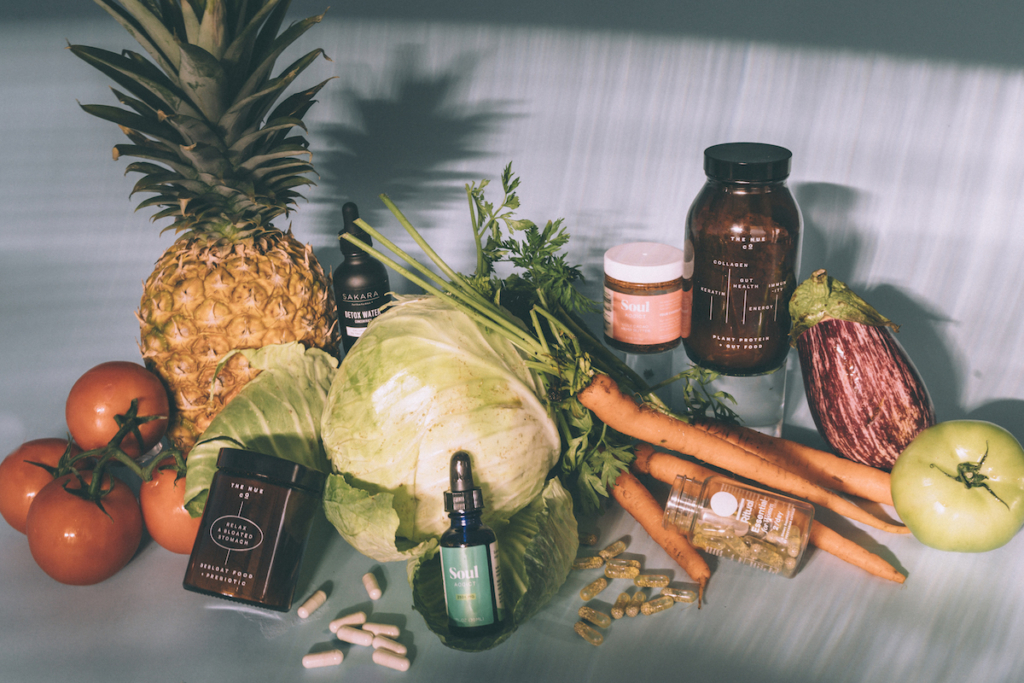
Going through early puberty in a food-centric household set my BMI into a steady incline, much to the dismay of my pediatrician. She told me that it was time to pay attention to what I was eating to prevent breaking into the overweight category. At the time, the mecca of dietary education was the food pyramid. If you grew up in the late 90’s and early 2000’s, the image of the food pyramid is probably seared into your permanent memory. It was hard to escape, showing up everywhere from textbooks to commercials on Disney Channel.
Its popularity was due to its simplicity. Carbs were a safe food, occupying the base and largest level of the pyramid. It was recommended to eat up to six servings today. Fats took a tiny section at the top of the pyramid, labeled with pictures of candy, donuts, and chips.
It made sense at first: fat makes you fat right? I switched to fat-free everything, but this made me unsatisfied and ravenous, and I developed an unhealthy relationship with snacks that followed me into adulthood. Something wasn’t adding up.
Fat Wasn’t Always Evil
Up until the 1970’s, red meat and high-fat foods were staples in the typical American diet. It wasn’t until the scare of rampant heart disease that the fat-free diet was born. It received an immense amount of popularity from its endorsement by the government, along with the infamous food pyramid that served as a visual representation of how little fat was included in a “healthy” diet.
The food industry feared that this new health wave would affect the sales of high-fat foods, whose alternatives would be lacking in flavor and richness. This problem was soon resolved after the discovery that added sugar could make up for the flavor and texture lost from fat. Counting fat grams was much more popular than counting calories, so people felt much less guilty eating a fat-free version of a food even if it had the same amount of calories as the regular product. Because of the loss of satiety from removing fat, people began to eat more without thinking about its repercussions.
Although heart disease did go down during this period, studies have shown that this is due much more to medical advancements and the cessation of smoking in society than cutting fat out of the average diet.
So why do I need it?
Vitamin Absorption
What’s the point of shelling out money on multivitamins when most of them are being flushed out of your body? Many vitamins and minerals are fat soluble, including vitamins A, D, E, and K, which are an absolute necessity in maintaining healthy hair, skin, and nails.
Curbs Sweet Cravings
I’ve dramatically reduced my sugar consumption through my morning coffee by switching to whole milk or cream instead of fat-free. If dairy’s not your thing, try coconut cream. This switch has also mellowed out and prolonged the energy I get from caffeine, which helps tame my anxiety and sustain energy longer from cup to cup.
Natural Restraint
One of the biggest functions of fat is satiation. Because it’s rich and calorie dense, it helps you feel full when you’re supposed to. A low-fat diet can leave you constantly hungry, leading many people to closely track their calories to avoid weight gain, a behavior that can very easily slip into disordered eating.
When a macronutrient has the same name as the body type we’ve been conditioned to avoid, it can be hard to not immediately reach for a fat-free alternative. Take time to find your personal middle ground that doesn’t push you in either direction of the spectrum.
Importance of Healthy Fats
Reintroducing fat into your diet becomes simple once you unlearn the fat-free diet rhetoric that has been pushed for so long.
Focus on bringing back whole, natural fats where you’ve been making substitutes before. Don’t be afraid to cook with butter and olive oil, or to add nut butter to your smoothies. You can leave the yolk in your morning omelette for an added dose, and introduce foods like nuts, salmon, and avocado into your diet more regularly.
–
Feature Image via Victoria Morris

